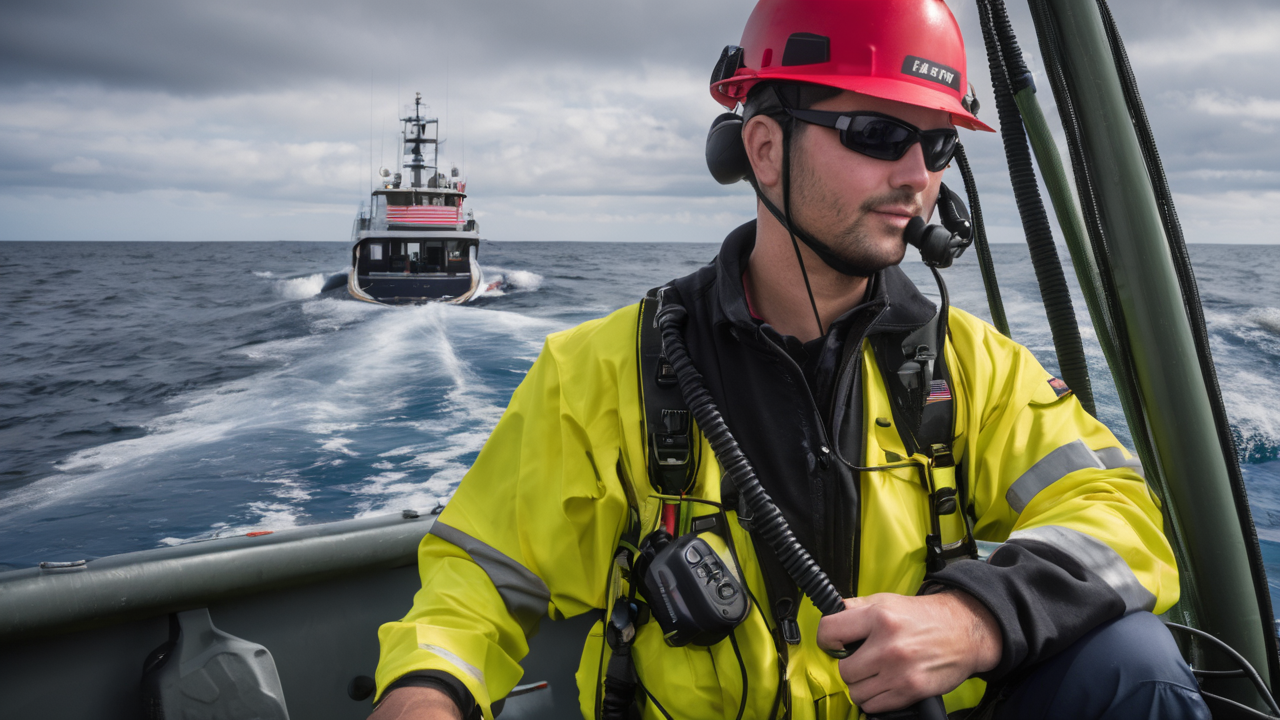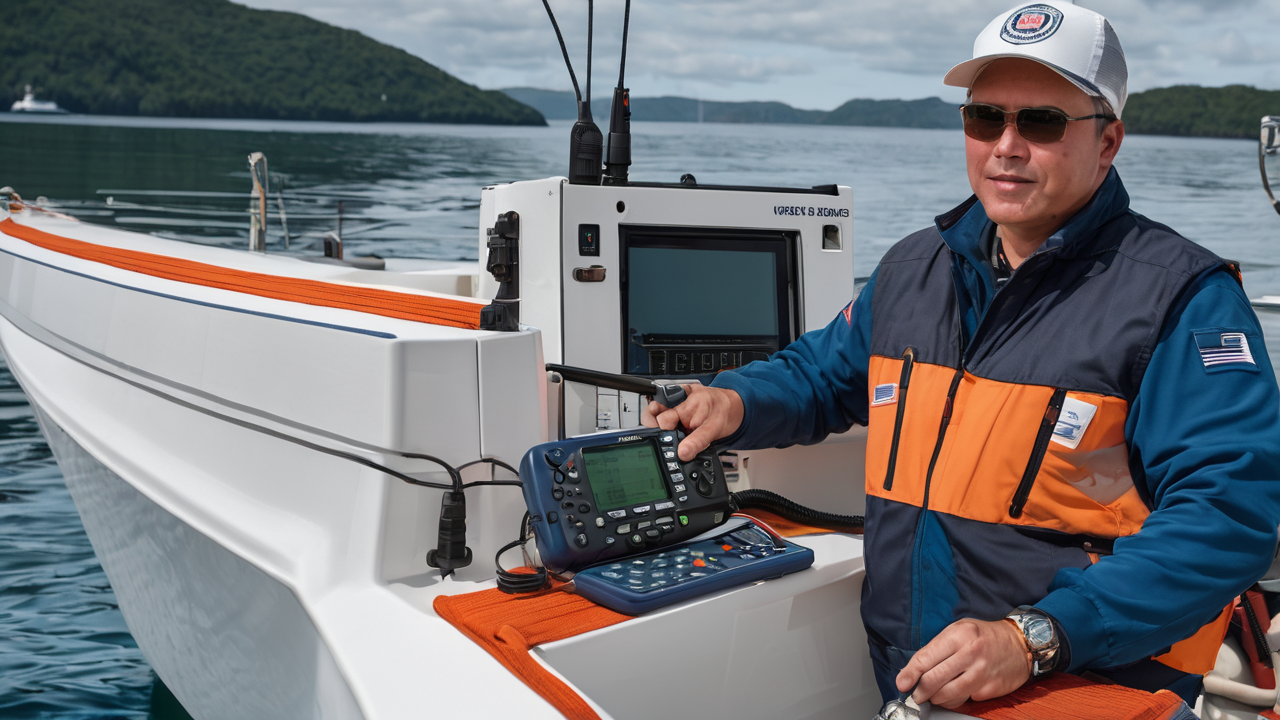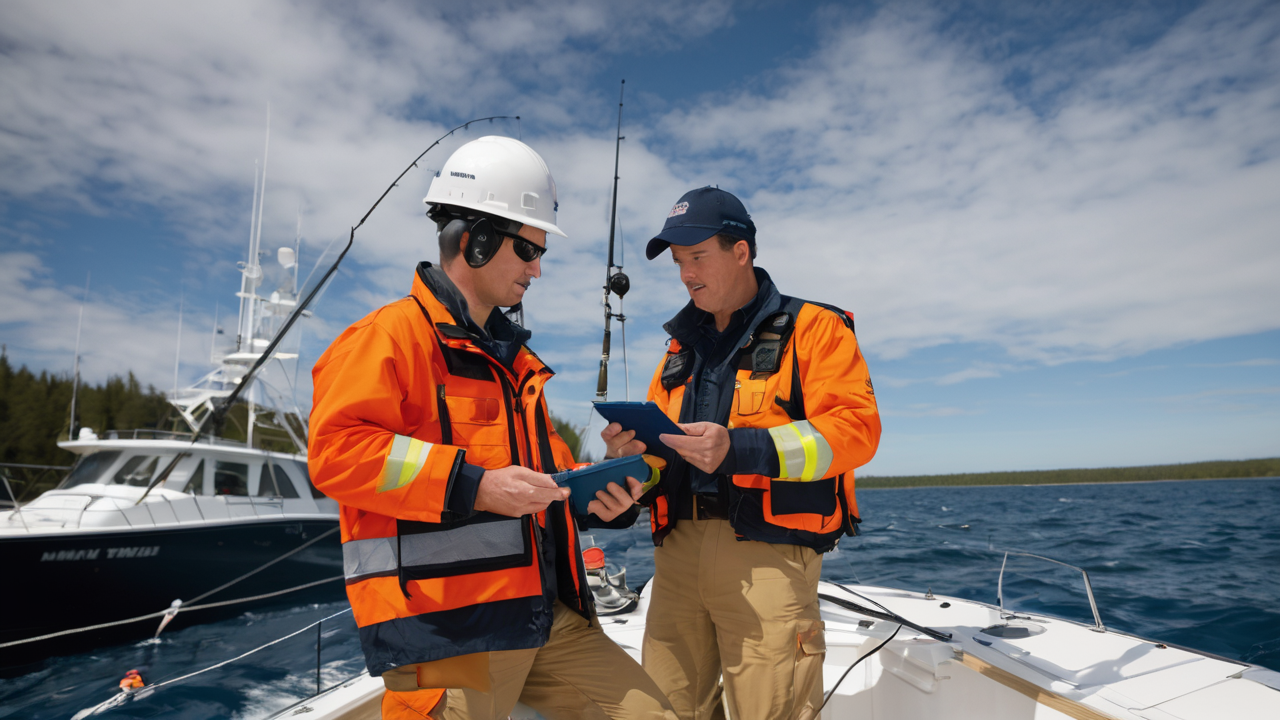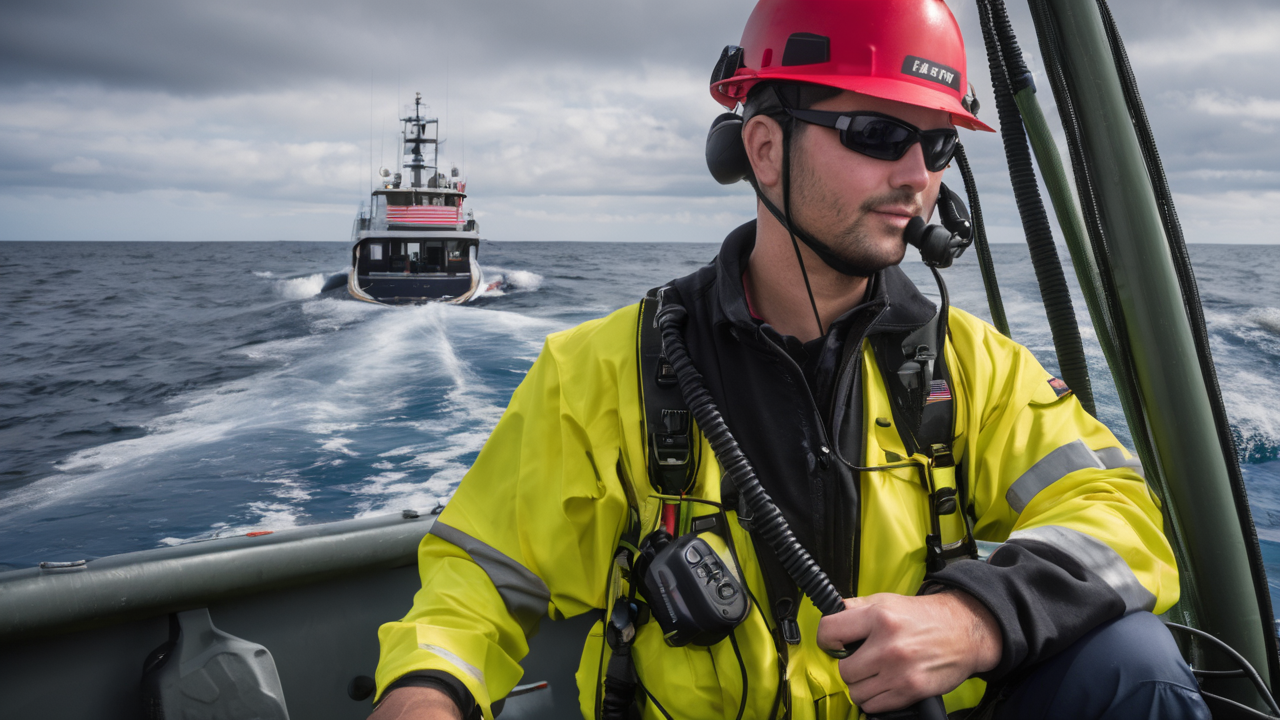Understanding the Importance of Two-Way Radios in the Marine Environment
The Role of Two-Way Radios in Safety and Communication at Sea
Marine two-way radios are vital for safety at sea. They provide a lifeline for boaters in emergencies. These devices allow instant communication with other vessels and the coast guard. In rough seas or bad weather, they can be a real lifesaver.

Two-way radios help coordinate rescue efforts. They also aid in navigation and weather updates. For commercial vessels, they're essential for daily operations. Fishing boats use them to share catch locations. Cruise ships rely on them for passenger safety.
In short, marine two-way radios are more than just gadgets. They're crucial tools that can mean the difference between life and death on the water.
Advantages of Having a Two-Way Radio aboard Your Vessel
Having a two-way radio on your boat offers many benefits. First, it enhances safety by providing a reliable communication channel. You can call for help quickly if needed. It's also useful for getting weather updates and navigation info.
Two-way radios are often more reliable than cell phones at sea. They work in areas with no cell coverage. They're also waterproof and built to withstand harsh marine conditions. Many models float, making them easy to recover if dropped overboard.
These radios allow you to communicate with other boaters. This is helpful for avoiding collisions or sharing important info. They're also great for staying in touch with your crew on larger vessels.
Essential Features to Look for in a Marine Two-Way Radio
When choosing a marine two-way radio, certain features are crucial. Waterproofing is a must. Look for radios with an IPX7 rating or higher. This ensures they can survive accidental submersion.
Battery life is another important factor. Opt for radios with long-lasting batteries. Some models offer dual power options, using both rechargeable and disposable batteries.
Channel scanning is useful for monitoring multiple frequencies. Emergency channels like Channel 16 should be easily accessible. GPS capabilities can be lifesaving, helping rescuers locate you quickly.
Floatability is a bonus feature worth considering. Some radios even have automatic backlighting for nighttime use. Noise-canceling technology can improve communication in windy conditions.
Regulatory Compliance for Two-Way Radios in the United States
U.S. Coast Guard Regulations for Two-Way Radios on Boats
The U.S. Coast Guard has specific rules for two-way radios on boats. All vessels over 20 meters must have a VHF radio. Smaller boats are encouraged to carry one for safety. The radio must be able to transmit and receive on Channel 16 (156.8 MHz).

Boats in certain areas may need to monitor specific channels. For example, vessels in busy harbors might need to listen to local working channels. The Coast Guard also requires that radios be properly licensed and operated by trained personnel.
It's important to note that using a marine radio for non-emergency personal messages is prohibited. Fines can be issued for misuse. Always follow proper radio etiquette and procedures when communicating at sea.
FCC Standards for Marine Two-Way Radios
The Federal Communications Commission (FCC) sets standards for marine radios in the U.S. All marine VHF radios must be FCC-certified. This ensures they meet technical requirements and don't interfere with other devices.
FCC rules require that radios operate on specified marine frequencies. They must also have certain power limitations. Handheld VHF radios are limited to 5 watts, while fixed-mount units can go up to 25 watts.
The FCC also mandates that radio operators have a Ship Station License for international voyages. However, recreational boaters staying in U.S. waters are exempt from this requirement.
Importance of Keeping Your Radio Equipment Updated and Certified
Keeping your marine radio up-to-date is crucial for safety and compliance. Technology evolves, and newer models often have improved features. These can include better range, clearer audio, and enhanced emergency functions.
Regular maintenance ensures your radio works when you need it most. Check for software updates if your radio has digital features. Replace batteries in handheld units regularly. For fixed-mount radios, inspect antennas and connections.
Certification is also important. Make sure your radio still meets current FCC standards. If you're using an older model, it might be time for an upgrade. Always buy from reputable dealers to ensure you're getting certified equipment.
Best Practices for Selecting and Maintaining Marine Two-Way Radios
Criteria for Choosing the Right Marine Two-Way Radio
Selecting the right marine two-way radio involves several factors. Consider your boating habits first. Are you a casual weekend sailor or a long-distance cruiser? This will help determine the range and features you need.

Budget is important, but don't skimp on essential features. Look for radios from well-known brands with good customer support. Read reviews from other boaters to get real-world insights.
Consider the radio's ease of use. Large buttons and clear displays are helpful, especially in emergencies. If you boat in cold areas, look for radios that work well with gloves. For night boating, backlit displays are a must.
Think about additional features that might be useful. These could include built-in GPS, DSC capability, or NOAA weather alerts. Remember, the best radio is one that meets your specific needs and is easy for you to use.
Maintenance Tips for Long-Term Durability
Proper maintenance can extend the life of your marine two-way radio. Always rinse your radio with fresh water after exposure to salt water. This prevents corrosion and buildup of salt crystals.
Keep your radio clean and dry when not in use. Store it in a cool, dry place away from direct sunlight. For handheld units, remove the batteries if you won't be using it for a long time.
Regularly check all connections and antennas for signs of wear or damage. Replace any worn-out parts promptly. If your radio is acting up, don't try to repair it yourself. Take it to a qualified technician.
Perform regular tests to ensure your radio is working correctly. This includes checking all channels and functions. It's better to find issues during a test than in an emergency situation.
How to Operate and Optimize Your Two-Way Radio for the U.S. market
Operating a marine two-way radio in the U.S. requires following specific protocols. Always start by listening to ensure you're not interrupting ongoing communications. Use Channel 16 for hailing and distress calls only.
Speak clearly and slowly when using the radio. Use standard marine phrases and the phonetic alphabet for clarity. Always identify your vessel at the beginning and end of each transmission.
To optimize your radio's performance, ensure your antenna is properly installed and maintained. For handheld units, hold the radio vertically for best reception. In areas with heavy radio traffic, use low power to reduce interference.
Keep conversations brief and to the point. This frees up the channel for others and conserves battery life. Always monitor Channel 16 when not actively communicating. This ensures you don't miss any distress calls or important announcements.


